What and why of Digital Technologies
The Digital Technologies Curriculum is a new curriculum area which offers children the opportunity to become innovative creators of digital solutions, effective users of digital systems and critical consumers of information conveyed by digital systems. This curriculum area provides students with authentic learning challenges that foster curiosity, confidence, persistence, innovation, creativity, respect and cooperation. (Source: Australian Curriculum).
The Digital Technologies Curriculum has been spilt into two areas – knowledge and understanding and processes and production skills. The knowledge and understanding strand teaches children about how information systems represent data and the components of digital systems (hardware, software and networks). The processes and production strand educates students about collecting, managing and analysing data and creating digital solutions.
On this page, you will find a range of videos, weblinks and infographics that can help you begin to understand this new curriculum area.
 |
Code.org - What most schools don't teach: Learn about a new "superpower" that isn't being taught in 90% of US schools. |
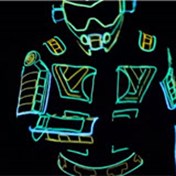 |
Computer Science is changing everything: Discussion about the digital age and what computer science means for industry. Different professions discussed include: fashion, agriculture, medicine, energy, public safety, art and entertainment. |
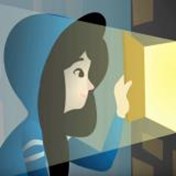 |
Code Stars: This 9-minute video explains what programming is, why it is worth learning and how people become programmers. It includes some school-based content and some well-known people discussing the importance of this domain. |
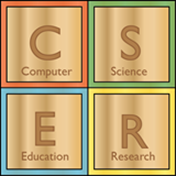 |
A Discussion of Terminology: This 2-minute video explains the different terminology used in the study of Digital Technologies. |
 |
Teaching creative computer science: Simon Peyton Jones This 15-minute TED talk explores what computer science means. British computer scientist Peyton Jones unpacks the thinking and skills behind the term and provides some great practical examples of what it looks like in an English context (although much is applicable to an Australian context). |
 |
Coding: By a kid, for kids: This Tedx Talks features an 11-year-old student, who shares the importance of children learning to program in order to fuel the next wave of innovation. |
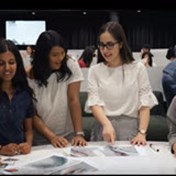 |
The Future of Work - A Different Lens – Snapshot: Check out this quick 4-minute video, which discusses the skills required for students to have in the future to enable them to succeed in 21st century industries. |
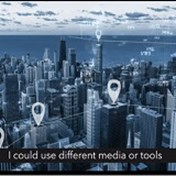 |
Seven ways music video: View this video showing seven ways to help your child thrive in a constantly evolving learning landscape. |
 |
Digital Technologies rationale: This rationale complements and extends the rationale for the Technologies learning area. |
 |
Parenting by Example: Why Parents Must Learn to Code: 'We all read to our children from a young age and encourage them to write. We do not expect them to become novelists or journalists, but we know these skills are a pathway to productivity and prosperity. It's the same with coding. We must commit as parents to raising children who can read, write, and think creatively with this language, for their own future and that of our nation.' |
Check out this infographic describing the differences between ICT Capability and Digital Technology to better understand how technology-based subjects have changed. Download the A3 PDF here or click the image below to expand.
